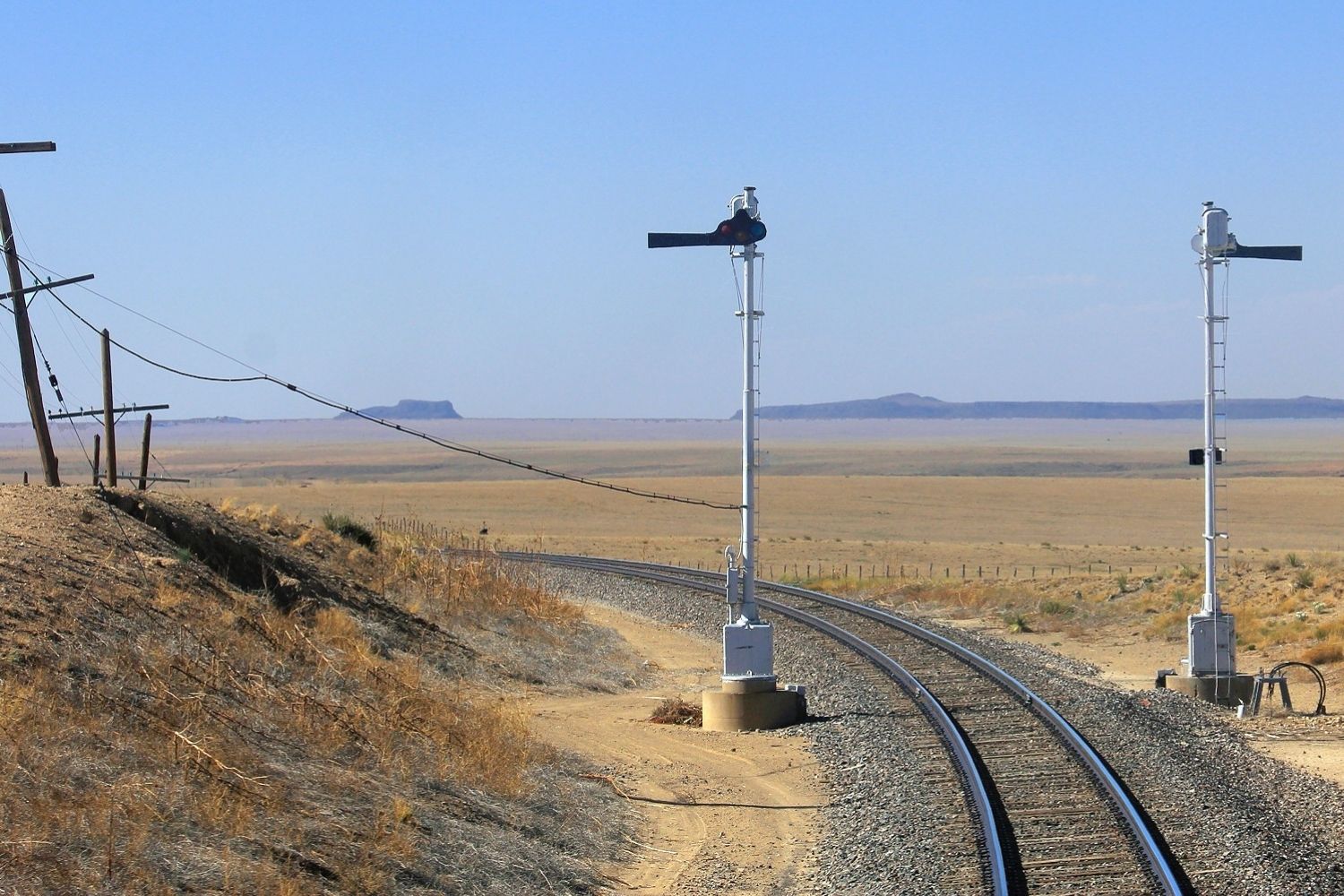
What are semaphores? Semaphores are signaling devices used to control access to shared resources in computing. They help manage multiple processes or threads, ensuring they don't interfere with each other. Why are semaphores important? They prevent race conditions, where two processes try to modify the same data simultaneously, leading to errors. How do semaphores work? They use counters to track resource availability. When a process needs a resource, it decreases the counter. If the counter is zero, the process waits. Once the resource is free, the counter increases, and waiting processes can proceed. Where are semaphores used? They are found in operating systems, databases, and network servers. Understanding semaphores is crucial for anyone interested in computer science or software development. Ready to dive into 33 fascinating facts about semaphores? Let's get started!
What is a Semaphore?
A semaphore is a signaling device used to convey information visually. It has been used in various forms throughout history, from ancient times to modern technology.
- Semaphores were first used in ancient Greece to send messages between ships using torches.
- The word "semaphore" comes from the Greek words "sema" (sign) and "phoros" (bearer).
- In the 18th century, Claude Chappe invented the optical telegraph, a system of pivoting shutters used as semaphores.
- Semaphore signaling was crucial during the Napoleonic Wars for military communication.
- The British Royal Navy used semaphore flags extensively in the 19th century.
Semaphore Flags
Semaphore flags are a method of signaling using handheld flags. Each position of the flags represents a different letter or number.
- Semaphore flag signaling was standardized by the International Code of Signals in 1857.
- The flags are usually square, divided diagonally into two colors, often red and yellow.
- Flag positions are based on the angles of the arms, with each angle representing a different character.
- Semaphore flag signaling is still taught to Boy Scouts and Girl Scouts as part of their communication skills.
- During World War II, semaphore flags were used for ship-to-ship communication when radio silence was necessary.
Railway Semaphores
Railway semaphores are mechanical signals used to control train movements. They are an essential part of railway safety systems.
- The first railway semaphore signal was installed in 1841 by Charles Hutton Gregory.
- Railway semaphores use arms that pivot to different angles to indicate stop, caution, or go.
- The colors red, yellow, and green are used in railway semaphore signals to represent different instructions.
- Semaphore signals were gradually replaced by electric light signals in the 20th century.
- Some heritage railways still use semaphore signals for historical authenticity.
Semaphores in Computing
In computing, semaphores are variables used to control access to shared resources in concurrent programming.
- Edsger Dijkstra introduced the concept of semaphores in 1965.
- A binary semaphore can only take values 0 and 1, similar to a lock.
- Counting semaphores can take any non-negative integer value, allowing multiple processes to access a resource.
- Semaphores help prevent race conditions, where multiple processes access shared data simultaneously.
- They are used in operating systems to manage process synchronization and resource allocation.
Semaphore Towers
Semaphore towers were used in the 18th and 19th centuries for long-distance communication before the advent of the telegraph.
- The first semaphore tower system was established in France by Claude Chappe in 1792.
- Semaphore towers were placed on high ground to maximize visibility.
- Messages could be relayed from tower to tower, covering distances of up to 150 miles in a few hours.
- The British Admiralty built a network of semaphore towers to communicate with naval bases.
- Semaphore towers were eventually replaced by electric telegraphs in the mid-19th century.
Semaphore in Maritime Communication
Maritime semaphore signaling is used to communicate between ships or between ship and shore.
- Semaphore signaling is part of the International Code of Signals, used by ships worldwide.
- It is often used in situations where radio communication is not possible or practical.
- Semaphore signaling can be performed using handheld flags or signal lamps.
- The International Maritime Organization (IMO) maintains the standards for maritime semaphore signaling.
- Semaphore signaling is still used in naval ceremonies and traditions.
Fun Facts about Semaphores
Semaphores have interesting and sometimes quirky aspects that make them fascinating.
- The semaphore alphabet can be performed using two sticks, two paddles, or even two hands.
- Semaphore signaling was featured in the opening credits of the British TV show "Monty Python's Flying Circus."
- Some modern art installations use semaphore signals as a form of visual communication.
Semaphore Signals: A Timeless Communication Tool
Semaphore signals have played a crucial role in communication history. From guiding ships safely to shore to enabling armies to coordinate movements, these visual signals have proven their worth time and again. Even in today's digital age, the principles behind semaphore signals remain relevant, reminding us of the ingenuity of past generations.
Understanding semaphore signals not only gives us a glimpse into the past but also highlights the importance of clear, concise communication. Whether you're a history buff, a maritime enthusiast, or just someone curious about unique communication methods, semaphore signals offer a fascinating subject to explore.
So next time you see those iconic flags or towers, take a moment to appreciate the rich history and the clever minds that brought semaphore signals to life. They may be old-fashioned, but their legacy continues to wave strong.
Was this page helpful?
Our commitment to delivering trustworthy and engaging content is at the heart of what we do. Each fact on our site is contributed by real users like you, bringing a wealth of diverse insights and information. To ensure the highest standards of accuracy and reliability, our dedicated editors meticulously review each submission. This process guarantees that the facts we share are not only fascinating but also credible. Trust in our commitment to quality and authenticity as you explore and learn with us.
